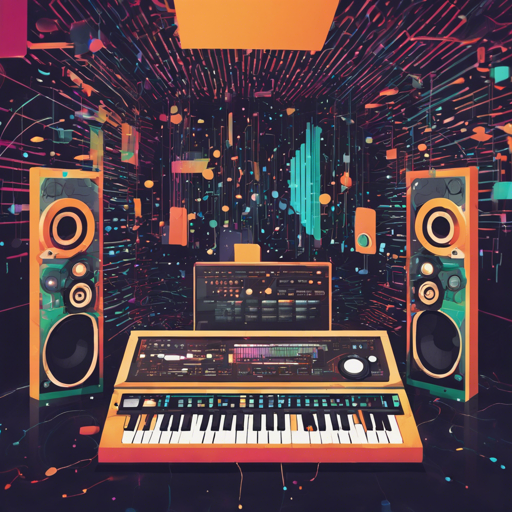If you ever dreamed of creating original song lyrics inspired by your favorite artists, then look no further than the Deep-Lyrics project. It’s a fantastic tool that harnesses the power of a Multi-layer LSTM Recurrent Neural Network to generate lyrics that are unique and creative. In this article, we will walk you through the process of using this project step-by-step.
What You’ll Need
- A machine with Python installed
- Basic understanding of command line operations
- Artist IDs from songmeanings.com
Project Components Overview
Deep-Lyrics consists of four main components that work together seamlessly:
- A web parser to gather lyrics online
- A preprocessing program to transform the lyrics into a computation-friendly format
- A program to train an LSTM model to fit the data
- A sampling program to generate new lyrics based on the learned data
Step-by-Step Guide
Let’s break down the required steps to use the Deep-Lyrics project:
1. Gather Lyrics
The first step is to gather inspiring lyrics from your chosen artists. You need to identify their IDs from songmeanings.com. Once you have these IDs, run the web parser.
python gather.py --output_file data.txt --artists artist_ID_1, artist_ID_2, artist_ID_3, artist_ID_4, artist_ID_52. Preprocess the Data
Next, you’ll need to convert the gathered lyrics into a format the model can understand. This prepares the data for training.
python preprocess.py --input_file data.txt3. Train the LSTM Model
Your lyrically rich data is ready to train the LSTM model. This is where the magic happens, as the model learns from the text it has ingested.
python train.py --training_file data.txt --vocabulary_file data.vocab --model_name lstm_regression_model4. Generate New Lyrics
Finally, it’s time to create some original lyrics! You can seed the model with a few words to inspire the lyrics it generates.
python sample.py --model_name lstm_regression_model --vocabulary_file data.vocab --output_file sample.txt --seed "Oh yeah"Understanding the Process with an Analogy
Think of the process of generating lyrics as crafting a unique seasoning mix. Each step represents a different component of the mix:
- The gathering of lyrics is akin to collecting various spices from different cuisines.
- The preprocessing stage resembles grinding and preparing those spices into a fine powder, making them ready for use.
- Training the LSTM model represents mixing the powdered spices in the right proportion, ensuring they blend well together.
- Finally, generating new lyrics is like sprinkling that unique blend onto your dish, creating something entirely new yet familiar!
Troubleshooting Tips
In case you encounter any issues during the process, here are a few troubleshooting ideas to keep in mind:
- Make sure that you have all required libraries and dependencies installed.
- If your program fails to run, double-check the paths and ensure you are in the correct directory.
- Ensure that the artist IDs used are valid and correctly formatted from songmeanings.com.
For more insights, updates, or to collaborate on AI development projects, stay connected with fxis.ai.
Conclusion
With Deep-Lyrics, you have a robust tool that can unleash your creativity, allowing you to write fun and original lyrics inspired by any number of artists. Whether for personal projects or simply for a good laugh, you’re just a few commands away from generating amusing lyrics!
At fxis.ai, we believe that such advancements are crucial for the future of AI, as they enable more comprehensive and effective solutions. Our team is continually exploring new methodologies to push the envelope in artificial intelligence, ensuring that our clients benefit from the latest technological innovations.

